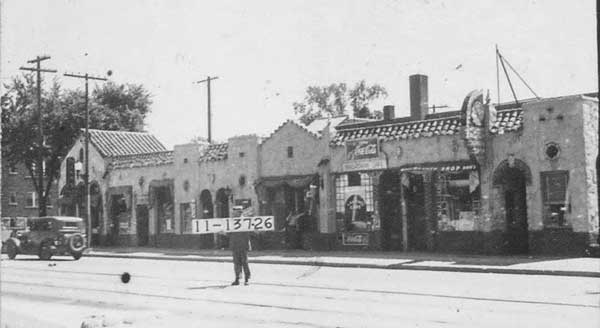
The east side of the 3800 block of Broadway is dominated by Walgreens and a couple of popular local bars, the Blarney Stone and Chez Charlie, that we wrote about last week. But there’s a sweet, sad story about the history of the block – once the home of a Kansas City mother who lost her children and then became “the Mother of Waifs.”

Before looking at how the block appeared (see the photos below) in 1940, here’s some even older history. This map shows the block from 1895 to 1907. This was before Broadway became one of Midtown’s major commercial streets; the block was sprinkled with single-family homes, including the home of Judge John C. Tarsney and his wife, Mary. Her story, told in the Kansas City Times when she died in 1917, hints that she was extraordinary.
Mrs. Tarsney is Dead: End Came to the ‘Mother of Waifs’ yesterday
Saddened by the loss of her five children, she devoted her life to helping friendless youngsters
Many a motherless boy and man will sign to read that Mrs. Mary Tarsney is dead. For she tried to be a mother to them all. The end came at 6:40 o’clock last night at the family house, 3809 Broadway.
“Mrs. Tarsney was the wife of Judge John C. Tarsney, representative from this congressional district from 1888 to 1896, and later supreme judge of the territorial court of Oklahoma. She was known throughout the country for her ability to engage sympathy and aid in assisting orphan boys. When, in 1887, the last of her five children died at the age of 9, she set out, broken-hearted, searching among the lowly homes of the city, bringing out underfed, poorly clad, unnourished waifs and nursing them back to health and happiness.
A Winter Night’s Errand
From the old family home at 713 Forst Avenue one cold winter night, she trudged through the snow into the hollows of the dark North Side from where a telephone call had come, saying a negro child had died and needed provision for burial. She went there, her fingers half frozen, carrying clothing, a little money, and some food for the negro parents, and stayed in that shanty until the funeral was over and the little body was placed away.
It was her ambition to aid boys. Creed, color, standing meant nothing to her. She sought to be of service to humanity.
Back in her home city of Adrian, Mich., come stories of her multiple kindnesses. They grew in number as time passed. When her husband went to Congress a year after her boy, Edward, 9, was killed beneath the wheels of a cable car, leaving the child homeless, she went along.
An Angel to Friendless Youngsters
Negro waifs, little white urchins without homes, youngsters she found along the by streets, she took along home with her and cleaned them up and gave them a little change and then took them out and saw to it personally they got jobs. Six of them were given positions as pages in Congress. Mickey Shea, one of those she took from the slums of Washington and obtained a pageship, now is worth ¼ of a million dollars and is the head of one of the biggest manufacturing concerns in the capital city.
She was the mother of the Kansas City Orphans’ Home here. A member of the Catholic Church, she worked day and night to aid the parentless babies of Kansas City.”
The Block in the 1940s and 50s
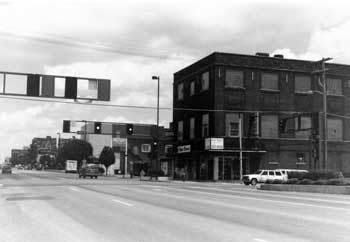
Broadway and 39th in 1999 before the Walgreens was built.
By the 1940s, Broadway had changed, and most of the homes on the block had been torn down and replaced with commercial buildings. It was home to several different businesses over the years, including:
- The row of shows that is today the Blarney Stone, Chez Charlie, and the Chinese restaurant The Blarney Stone was known in the 1950s as the Thunderbird Lounge. Over the years, the row of shops also housed a supermarket, a camera store, and a flea market. Restaurants came and went: King Wing Yee Chinese, Fu Manchu’s exotic Chinese and Cantonese, and Uncle Tom’s barbecue were among them. There was Health Food Haven in the early 1960s and the Venture Inn, a jazz club, later in the decade. Chez Charlie opened in 1968.
- The current site of Walgreens at the corner of 39th and Broadway: Several buildings were razed in 1999 to make way for a Walgreens store. These included the Vanden Boom Furniture Company and House of Modern (“for young moderns with more taste than money”). Franklin’s Monkey Cleaners also served the locals. The Tobler Flower Shop stood at the corner, and the Masonic lodge was upstairs.
- Central Street: The 3800 block of Central once contained fifteen homes and apartments. Those on the south end are gone.
The photos below show the rest of the homes on the block as they looked in 1940.
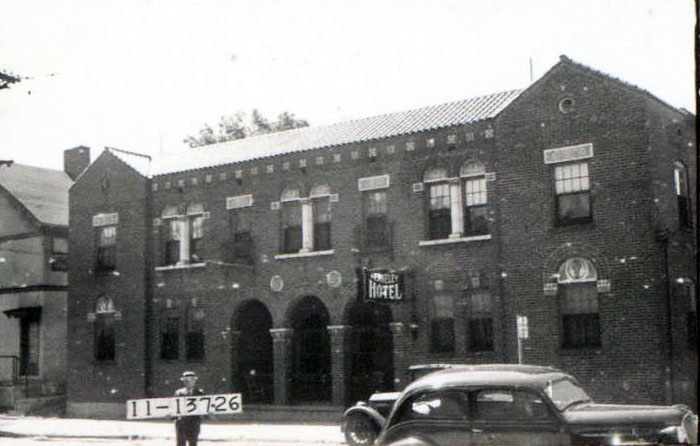
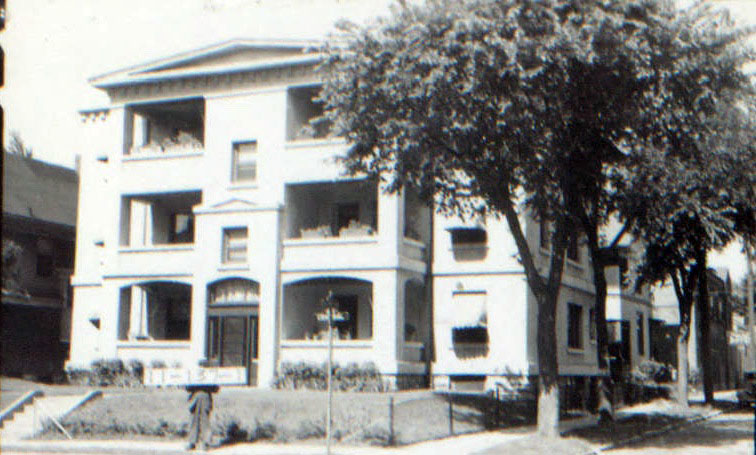
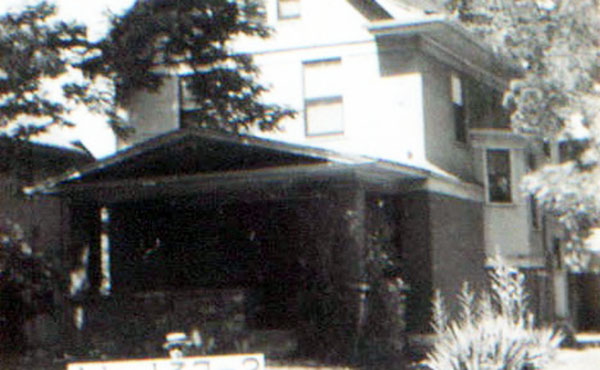
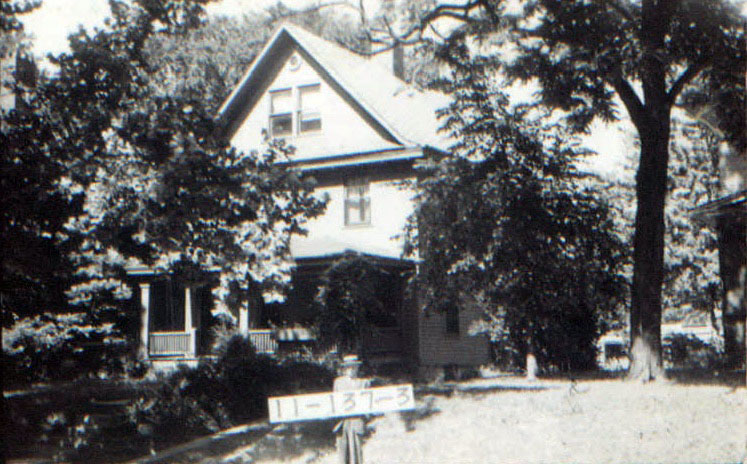
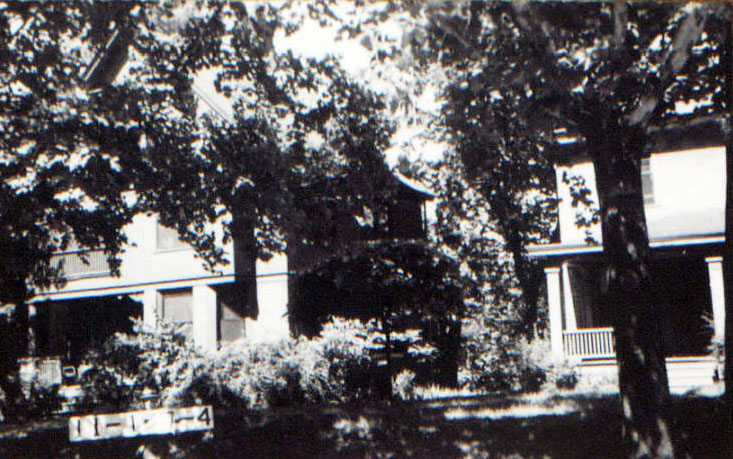
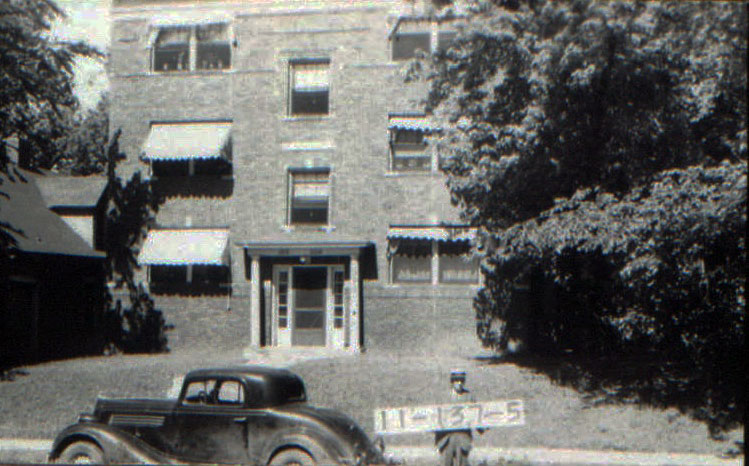

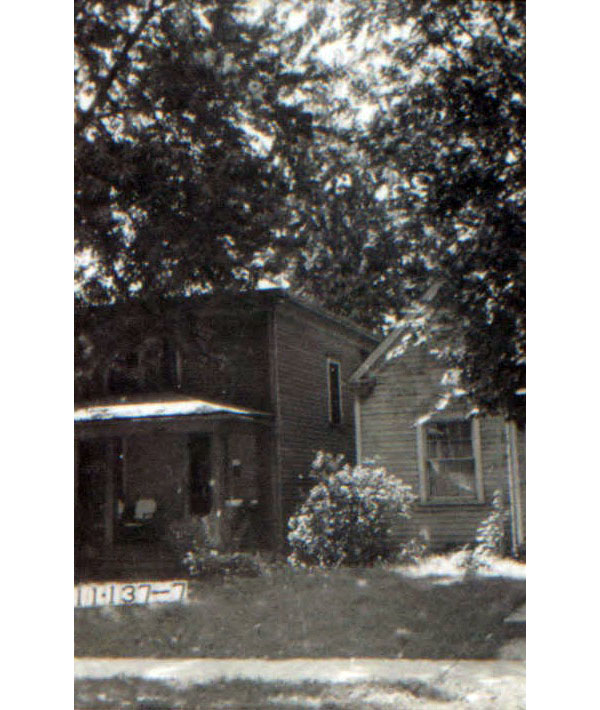
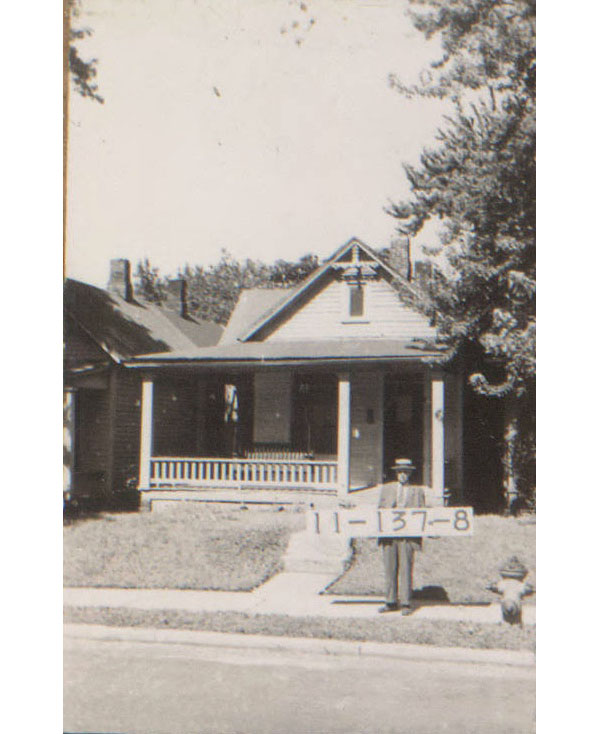
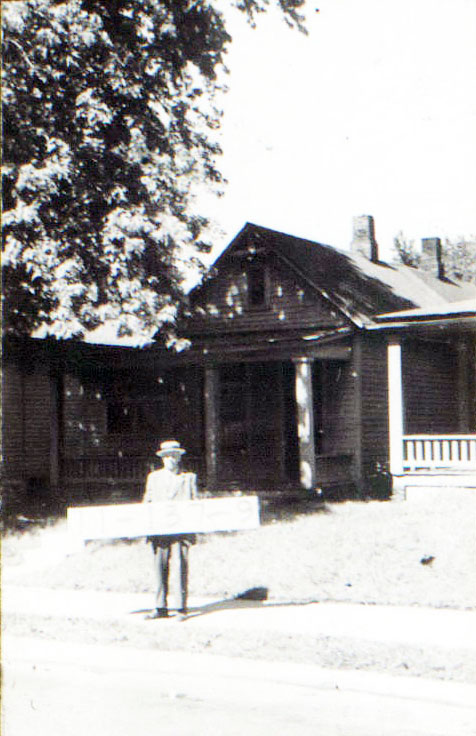

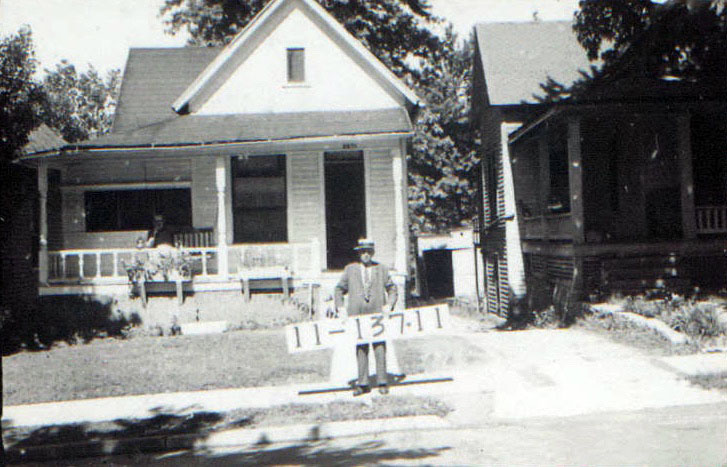
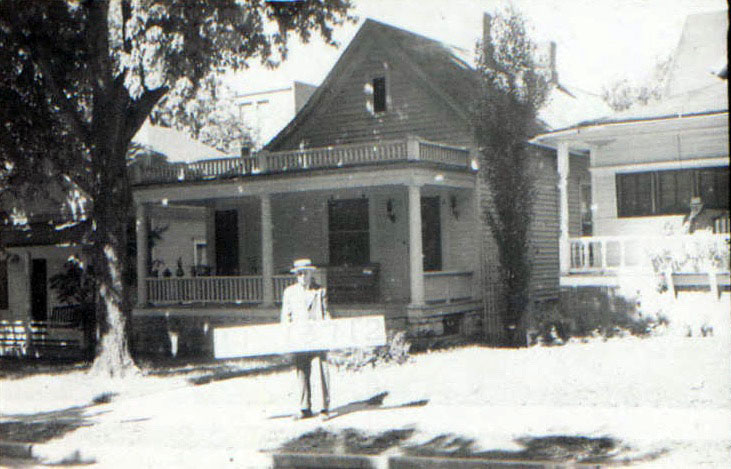
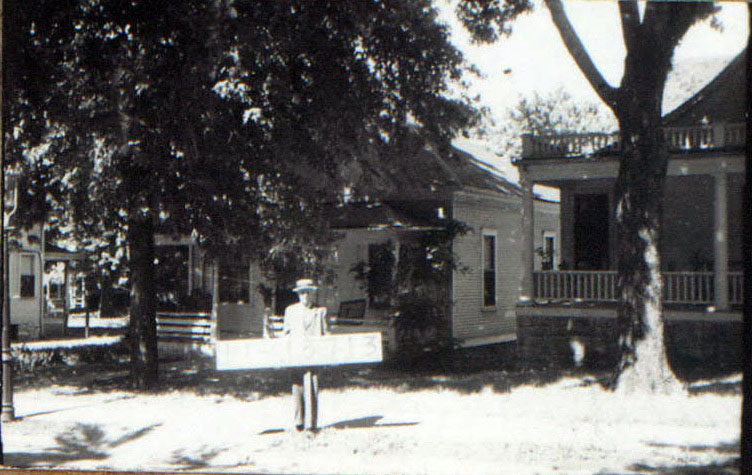
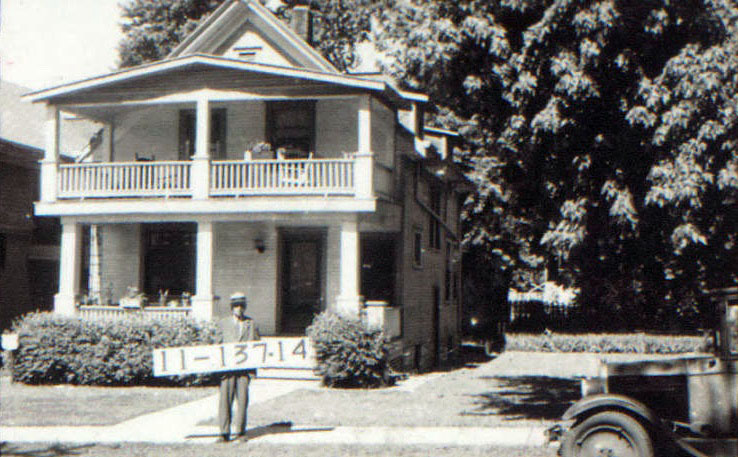
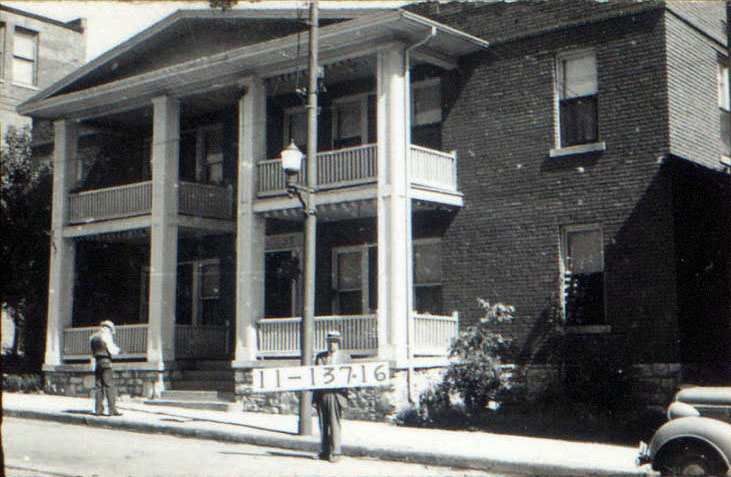
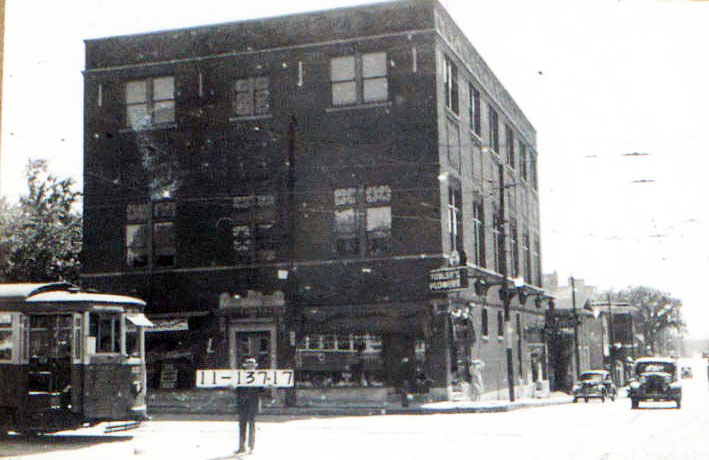
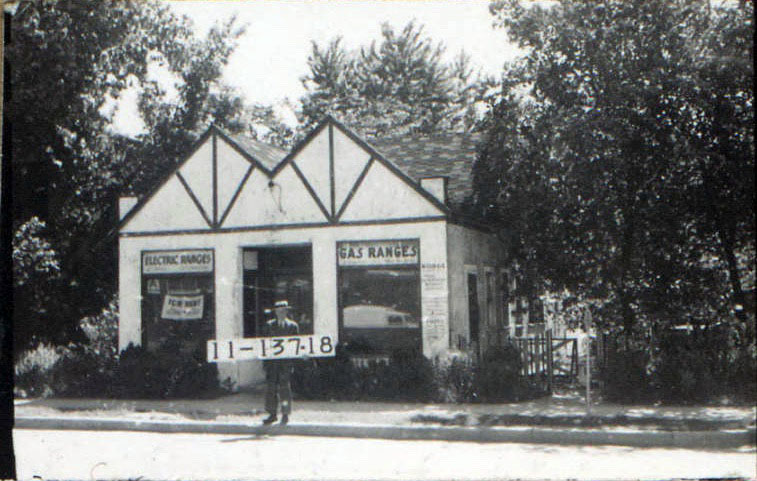
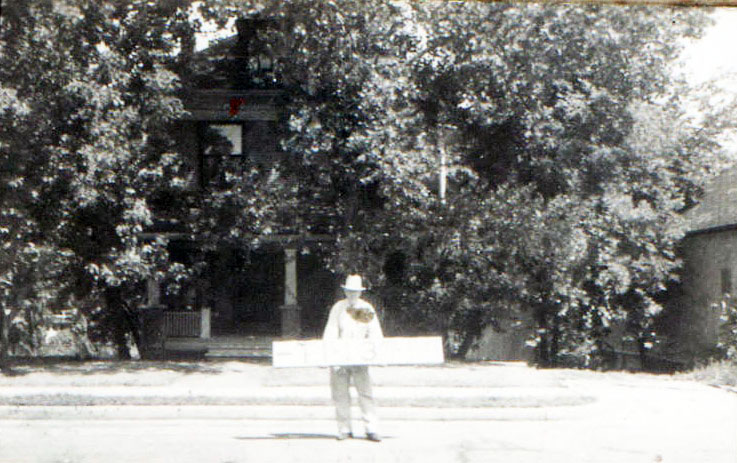
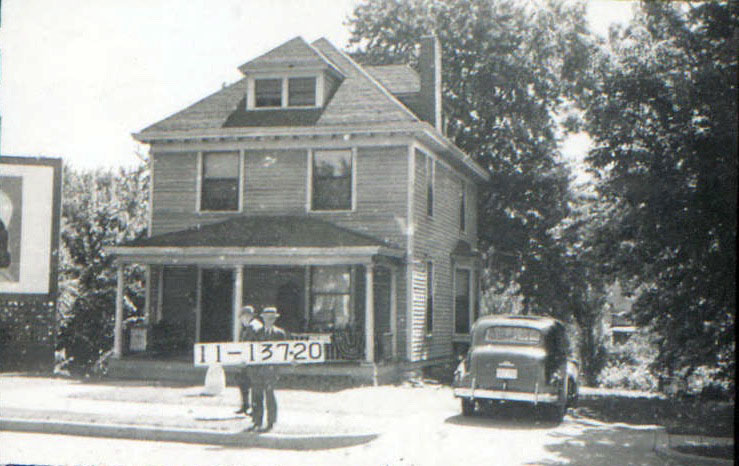
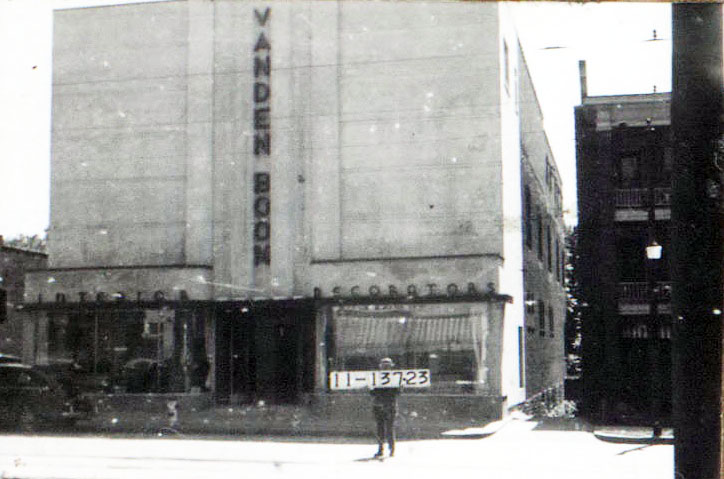
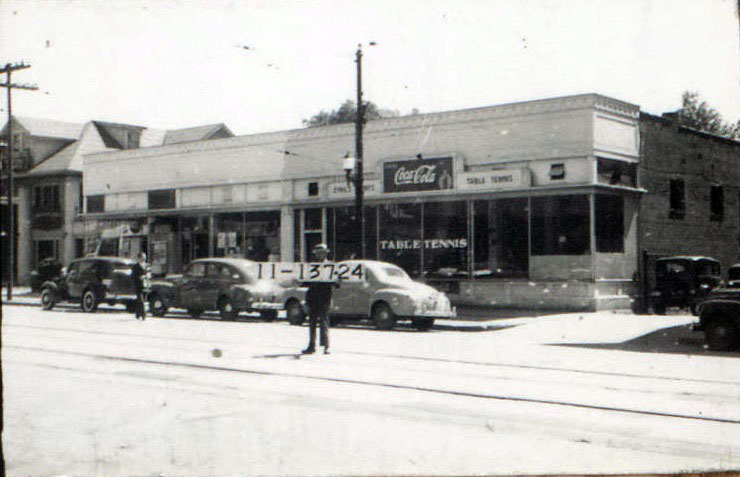
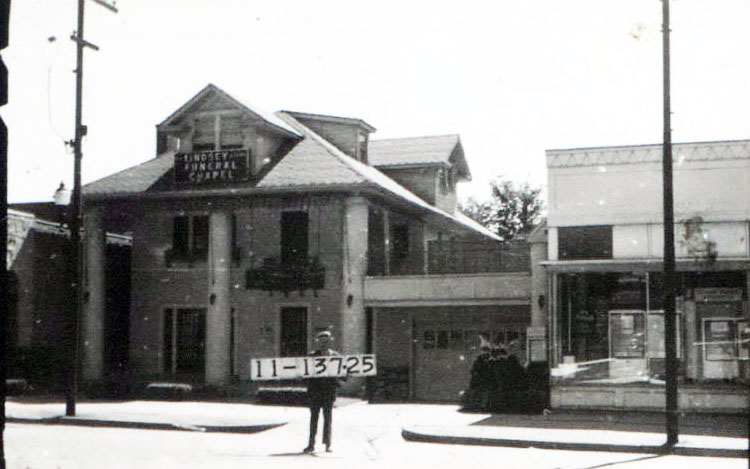
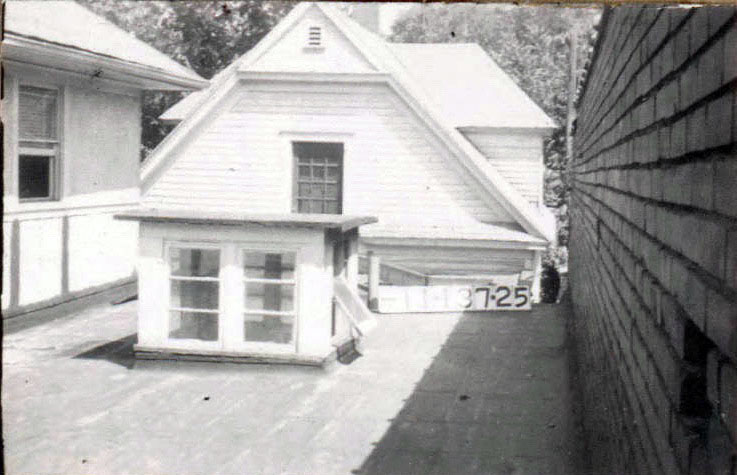
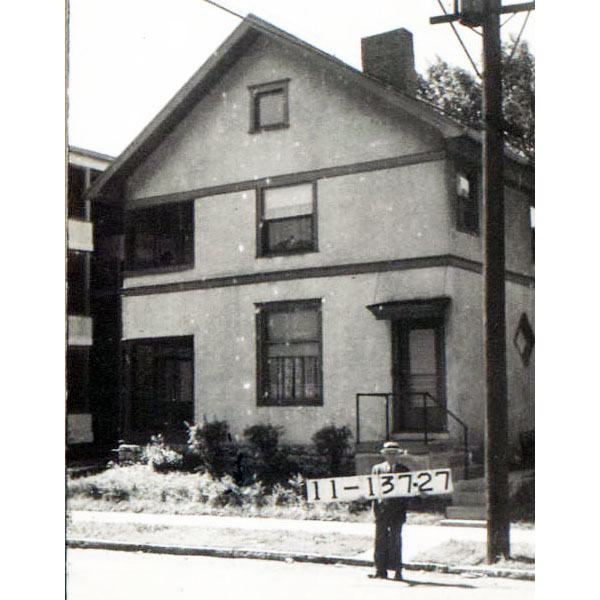

[slideshow_deploy id=’24044′]
As part of our Uncovering History Project, the Midtown KC Post is taking a look at the 1940 tax assessment photos of each block in Midtown.
Would you like us to focus on your block next week? Send us an email.
Our new book, Kansas City’s Historic Midtown Neighborhoods, is available now. Let us know if you want us to come to your neighborhood association or organization’s meeting to share what we’ve learned about Midtown neighborhood history and tell your members how they can help preserve Midtown history. Order the book
Historic photos courtesy Kansas City Public Library – Missouri Valley Special Collections.